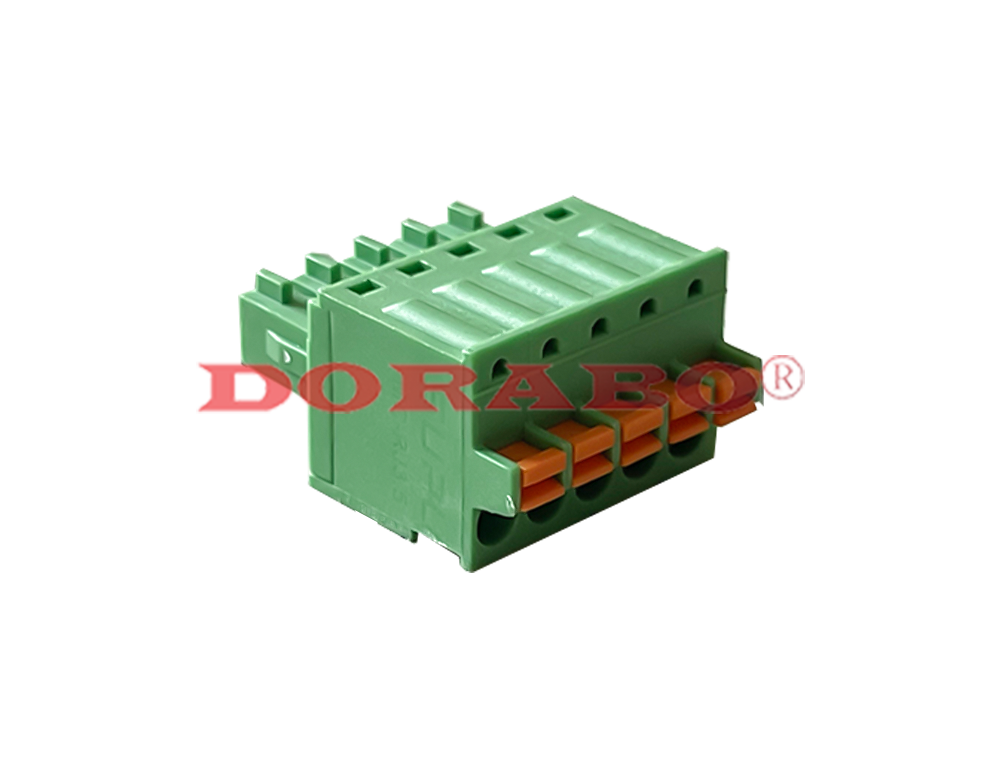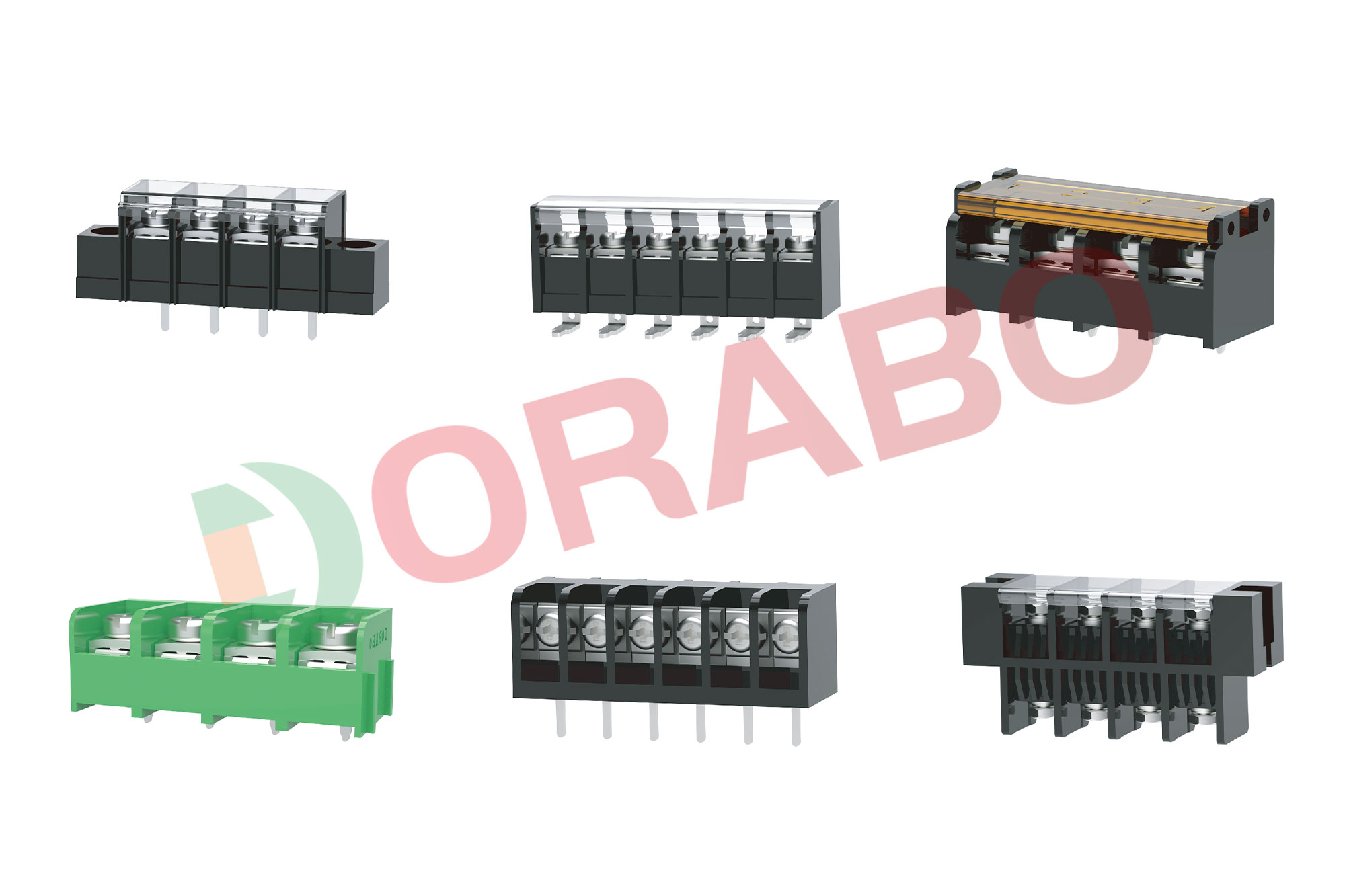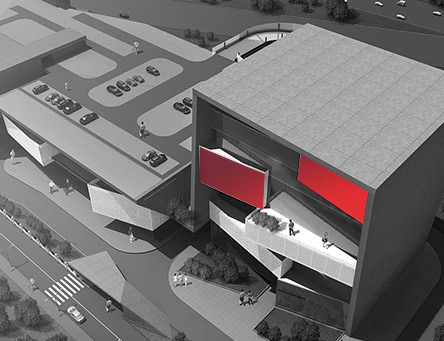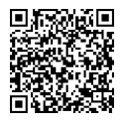The terminal block consists of a modular shell and an insulator, which can fix two or more wires together. Terminal blocks-also known as terminal connectors, connection terminals or screw terminals-are used in various applications that require a safe connection to electrical systems. They are ideal for designs that require safe, orderly and semi-permanent wire connections, which can be easily replaced for on-site inspection or repair.
In addition to the electrical factors of the system, mechanical restrictions and restrictions need to be considered in the design of the terminal block. The key feature to consider is any mechanical restrictions on the design of the enclosure, which may affect the overall footprint, orientation, and accessibility of the connection. Mechanical changes on the housing can include but are not limited to the following:
1. Wiring direction. Terminals have three common orientations: horizontal, vertical, and 45°. Horizontal and vertical are also called 90° and 180°, respectively.
2. Wire fixing method. The method of fixing the wires in the enclosure of the junction box is usually implemented through three main types: screw terminals, buttons, or push-in terminals.
3. Module type. The terminal blocks can be assembled into interlocking parts or in a single housing.
4. Wire-to-shell method. Although most terminal block connectors insert wires directly into the housing, there are some variations that use mating that can be plugged together.
In order to make it easier for users to assemble or maintain, the shell color or special markings can be modified to help distinguish various terminal connections. This is particularly useful for more complex systems that use multiple wiring and circuits in a centralized location. Although many factors need to be considered when designing the entire system, terminal blocks are the best solution for complex electrical system connections.





















 Contact us
Contact us Language
Language


